By in large, most are running home labs on mini PCs these days. They are just so powerful, cheap, and easy to come by from many different manufacturers, they have become the goto platform. However, can you run a Kubernetes cluster on a Mini PC? Is this possible and what are some of the things you need to think about? Let’s look at doing this, the hardware requirements, challenges, and other notables.
Table of contents
- Brief overview of Kubernetes
- Is It Possible to Run a Kubernetes cluster on a Mini PC?
- Single Mini PC or multiple Mini PCs?
- Hardware Requirements for Running a Kubernetes cluster on a Mini PC
- Single-Node vs. Multi-Node Kubernetes on a Mini PC
- Best Kubernetes Distributions for Mini PCs
- Some of the challenges of Running Kubernetes on a Mini PC
- Wrapping up
Brief overview of Kubernetes
Most know about Kubernetes, but in case you don’t it is definitely a technology you want to learn more about. It is a very desirable skill for enterprise engineers, cloud engineers, DevOps professionals. It is the defacto standard for container orchestration and many are running it in home labs today, including myself. It is awesome and challenging at the same time. But, there are so many great tools and platforms these days to work with Kubernetes that it is not only much more feasible to learn and maintain, but fun also.
Is It Possible to Run a Kubernetes cluster on a Mini PC?
Now, for the question at hand. Can you run a Kubernetes cluster on a Mini PC? The short answer is yes! You absolutely can do that. But, let’s talk about things you need to think about. The experience of running a K8s cluster on Kubernetes will suffer if you don’t have the right hardware specifications to be able to run it acceptably.
There are many great mini PCs these days that I highly recommend as having enough horsepower to run Kubernetes and a Kubernetes cluster at that. These include the Minisforum MS-01, MS-A1, Asus NUC 14 and 15 Pro, and many models from companies like Beelink, like the Beelink SEi14.
Single Mini PC or multiple Mini PCs?
You may also wonder, are we talking about a single mini PC or multiple mini PCs? Well, that depends. If you are planning on running your Kubernetes node on bare metal, you would need 3 mini PCs for a cluster. However, the most efficient way and the way I would personally recommend for most in the home lab is to run a hypervisor on top of your mini PC, then load your Kubernetes nodes in virtual machines using the hypervisor. Why?
Well, for one, it will allow you to have the benefits of a hypervisor, including CPU scheduling, snapshots, and the ability to easily back up your Kubernetes nodes themselves (running in VMs). Also, it allows you to have a single piece of hardware, but the ability to have a cluster of nodes since we can run multiple VMs on the mini PC.
Hardware Requirements for Running a Kubernetes cluster on a Mini PC
There are several considerations in terms of hardware when running a Kubernetes cluster on a mini PC. Let’s take these one-by-one.
1. CPU
Kubernetes doesn’t necessarily require the most powerful CPU, but having multiple cores is important as this helps to make sure you can distribute the workloads in a way to avoid hot spots in performance. Look at mid to mid-high range CPUs that fall into Intel Core i5/i7/i9 or AMD Ryzen 5/7/9 processors. I have been enjoying working with the AMD Ryzen 9 7945HX in my recent Proxmox builds. This CPU is a mobile type CPU that packs 16 cores and 32 threads.
However, keep in mind that you can also use a power efficient ARM-based processor like in a Raspberry Pi5 that will likely be plenty for many who just want to play around or experiment in the home lab.
2. Memory (RAM)
Kubernetes components like the API server, controller manager, and scheduler need to have memory. Also, running multiple workloads in your Kubernetes cluster will increase your memory requirements. It also depends on which containers you are running. For instance, many are super lightweight and only need MBs of memory. But, there are some I have found like the GitLab Omnibus container that need upwards of 8-10 GB of memory just for the one container. So keep this in mind when thinking about the total of memory you need for your mini PC.
- Minimum: 8GB (for a single-node cluster)
- Recommended: 48GB+ (for a multi-node cluster with real-world workloads and multiple workloads with 16 GB per cluster node
There have been a lot of developments in the area of RAM for home lab in 2024-2025. VMware vSphere 8.0 U3 introduced NVMe memory tiering which is a really cool technology to allow you to extend your system memory with ultra fast NVMe storage.
Also, in 2025, you can now buy 128 GB kits of SODIMM memory, allowing us to effectively have a significant amount of memory in a mini PC.
- https://amzn.to/4i5g5zN (Amazon affiliate link that I earn a small commission from)
3. Storage
Kubernetes needs persistent storage for stateful applications and logs. You can use a traditional SSD or NVMe drive if you need high performance. You can also use high-capacity HDDs if outright performance isn’t most important and you just need the benefits of capacity.
You can also use NAS storage by means of NFS or iSCSI as targets for Kubernetes storage.
- Minimum: 128GB SSD
- Recommended: 500GB+ NVMe SSD
4. Network
A mini PC should have at least Gigabit Ethernet for the networking. Many mini PCs have multi-gig connections in the form of 2.5 Gbps networking. If running multiple mini PCs in a virtualization cluster (Proxmox VE cluster or VMware vSphere as examples) you will likely want to have 10 Gbps connectivity between your virtualization nodes.
Single-Node vs. Multi-Node Kubernetes on a Mini PC
There are Kubernetes distros that allow running single node Kubernetes clusters, or you can run the traditional multi-node Kubernetes cluster. Which should you choose or run on a mini PC?
Single-Node Kubernetes
A single-node Kubernetes setup can be spun up using K3s or MicroK8s. These distros allow running workloads without the need for multiple machines (multiple mini PCs if bare metal or multiple VMs for virtual K8s cluster hosts). This is ideal for a lightweight home lab for ones that are simply looking to learn the Kubernetes architecture, kubectl commands, etc.
Multi-Node Kubernetes Cluster
If you have multiple mini PCs or want to have a full Kubernetes cluster on a single mini PCs running in VMs, you can create a full Kubernetes cluster with dedicated control plane and worker nodes. This setup is more in tune with a resilient production setup.
Keep in mind, if you are running all your Kubernetes node VMs on a single mini PC, this is still a single point of failure. However, for learning and home labs this is still a very viable setup to learn full fledged Kubernetes administration, management, etc.
Best Kubernetes Distributions for Mini PCs
There are certain Kubernetes distributions that lend themselves to running in a home lab on a mini PC setup. Note the following.
1. K3s
K3s is a lightweight Kubernetes distribution that is produced by Rancher. It is designed for small devices, including Raspberry Pi and mini PCs, or IoT configurations. It uses a very lean amount of system resources and is easier to set up compared to full-blown Kubernetes (K8s).
2. MicroK8s
MicroK8s is a Kubernetes distribution that I have really come to like in working with it in the home lab. It is developed by Canonical and it is a super lightweight Kubernetes distribution that works well with mini PCs. It simplifies the installation process using simple snap commands and it is integrated tightly with Ubuntu, which is a Linux distro many are familiar with and already use in the home lab environment.
Check out my setup here using Microk8s in what I think is one of the best Kubernetes distros for home labs:
3. kubeadm (Full Kubernetes)
You can use something like kubeadm to setup a full Kubernetes cluster. Kubeadm steps you through provisioning a Kubernetes cluster fully and can be used to provision your K8s cluster on bare metal mini PCs or in virtual machines running on top of a mini PC.
Keep in mind that provisioning a Kubernetes cluster with kubeadm has higher resource requirements than K3s or MicroK8s. If you want to take a look at how to provision a kubernetes cluster this way, check out my blog post here:
Some of the challenges of Running Kubernetes on a Mini PC
Let’s look at some of the potential challenges of running Kubernetes on a mini PC class machine.
1. Limited CPU and Memory Resources
While I think this problem and challenge is no longer as much of a constraint as in days gone by, it is still something to note. Some mini PCs only have a single SODIMM slot for memory. Also, mini PCs may still be limited in CPU power for what you want to do.
2. Storage limitations
Storage is also a concern but not a limitation that can’t be overcome. You will likely want persistent storage for some of your containers that you run in a Kubernetes cluster, especially for databases or other applications with logs or other data that needs to be written to disk.
Some mini PCs only have a single M.2 slot and no additional SATA expannsion for another drive. So, keep this in mind when choosing a mini PC. However, you can still use external storage like a NAS for persistent data using something like NFS.
3. Networking
I like mini PCs with multiple network ports and these are sometimes hard to find as many have a single network port. However, those models do exist out there. Having multiple ports allows you to have more options when it comes to running your mini PC as a virtualization host, etc.
Wrapping up
Learning Kubernetes is a great skill to acquire in 2025 and will be one that you can put on any resume that is highly desirable. However, getting real world hands-on experience working with Kubernetes is likely something you won’t be able to do realistically in production. Running K8s in a home lab is an awesome way to get experience running it and learning using self-hosting your own applications.
You can run a Kubernetes cluster on a mini PC and this works well. I definitely recommend using a hypervisor like Proxmox VE Server to run virtual Kubernetes nodes as you can take advantage of snapshots and backups for your lab which is really helpful. Keep in mind that you will want to have a mini PC that has multiple cores and plenty of RAM. There are many models these days that have powerful processors with multiple cores. You can also take advantage of the new 128 GB kit from Crucial. Let me know in the comments. Are you using a mini PC or multiple mini PCs for your Kubernetes cluster?

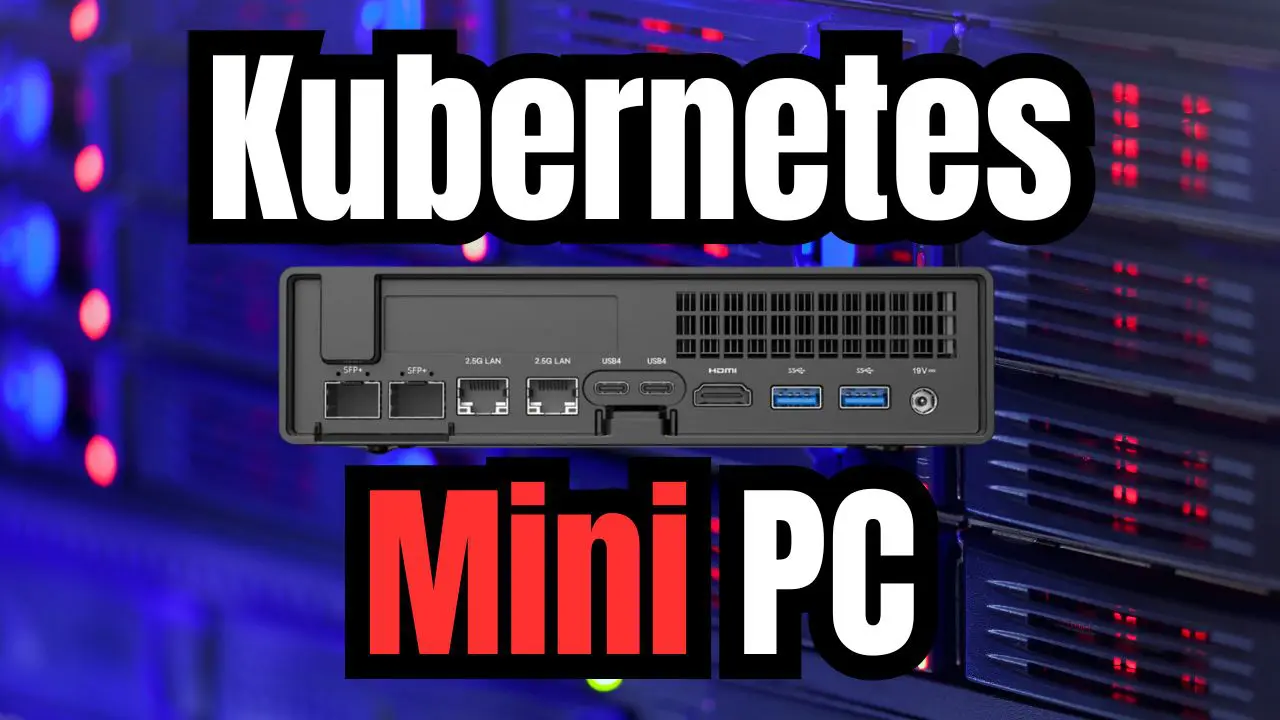
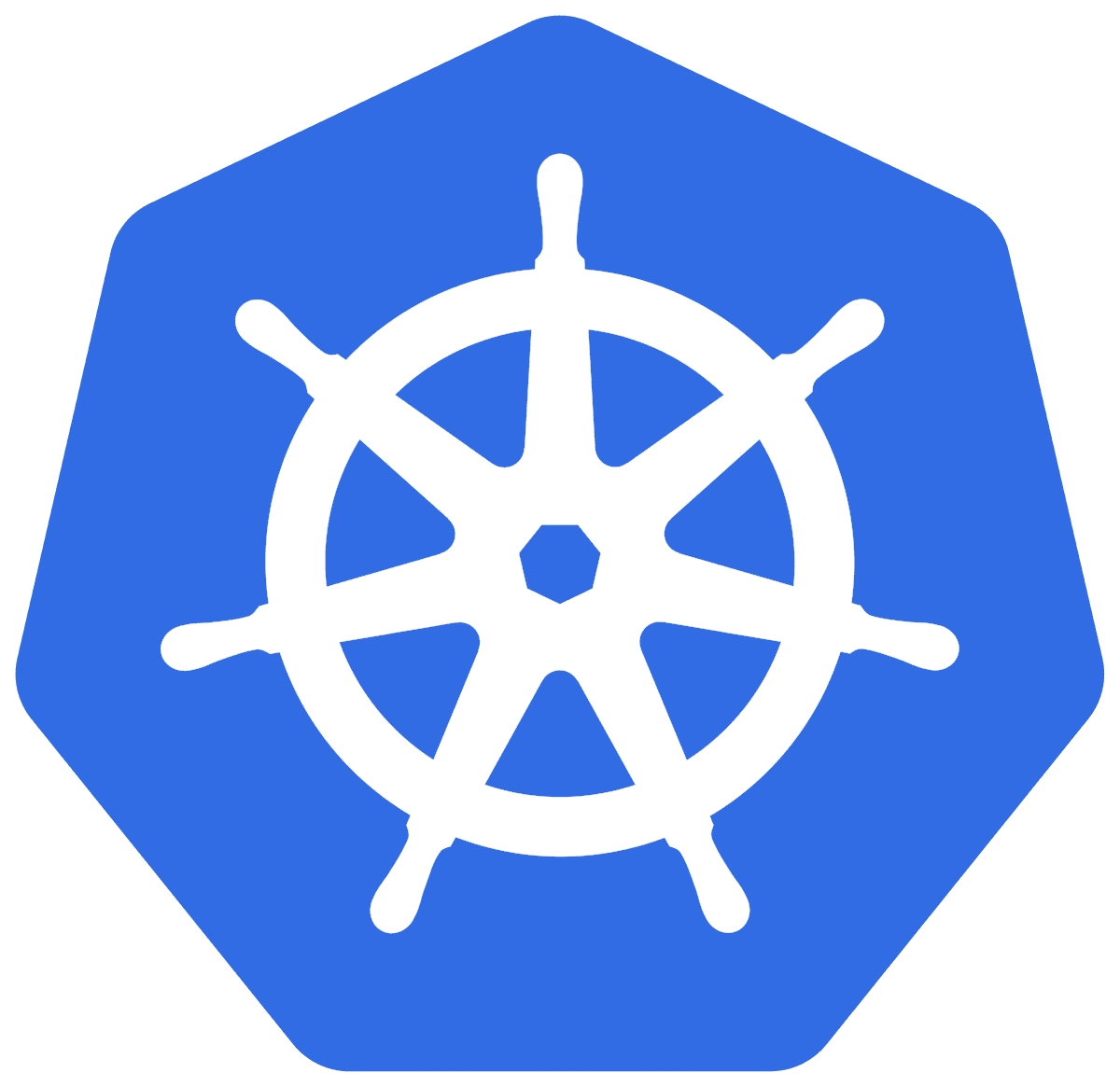
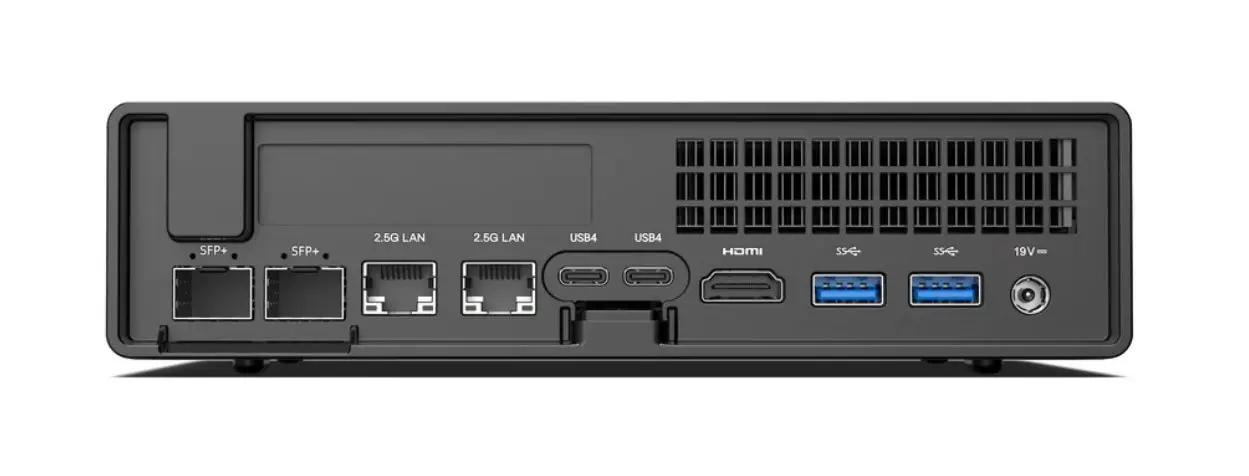
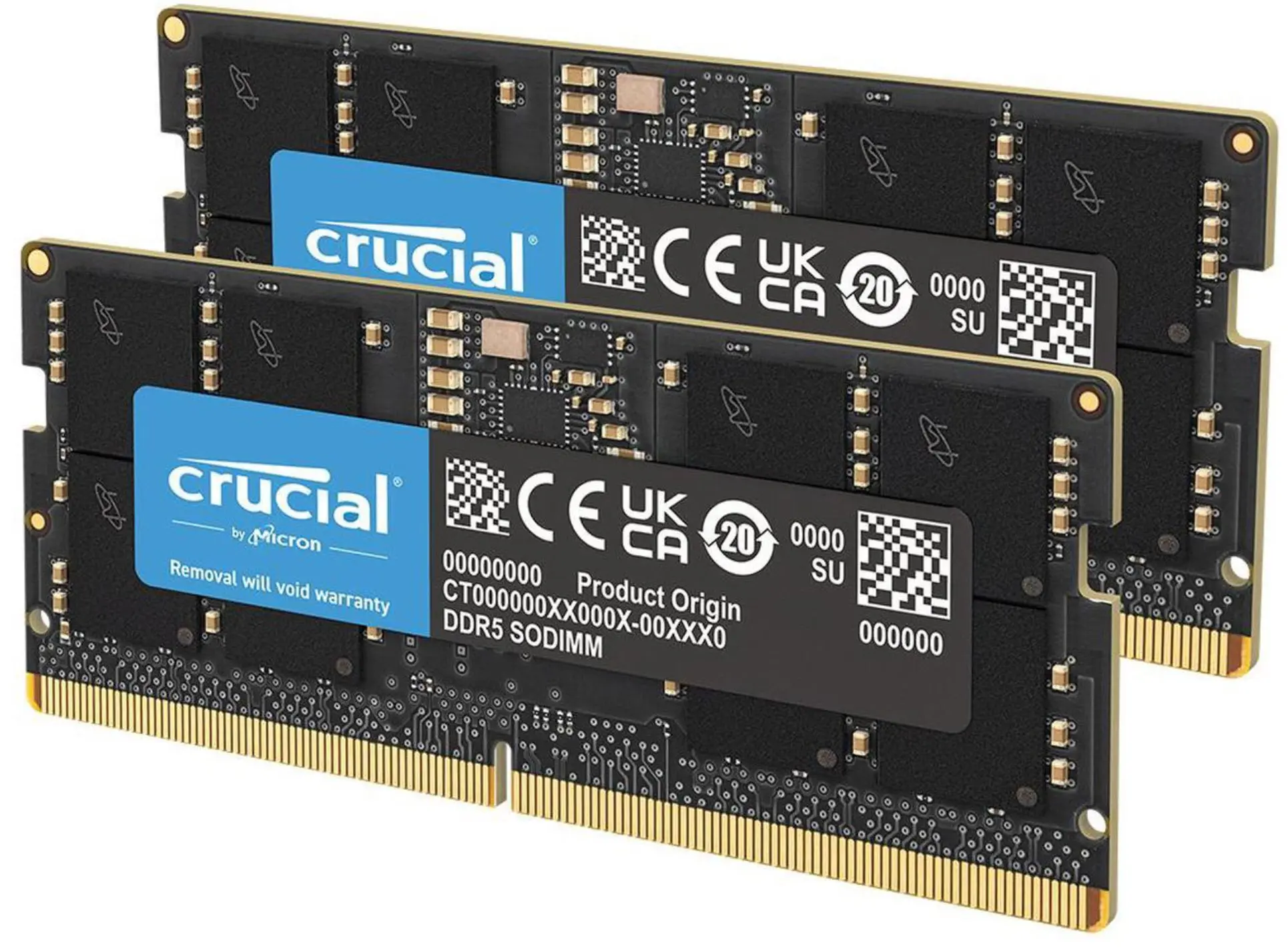
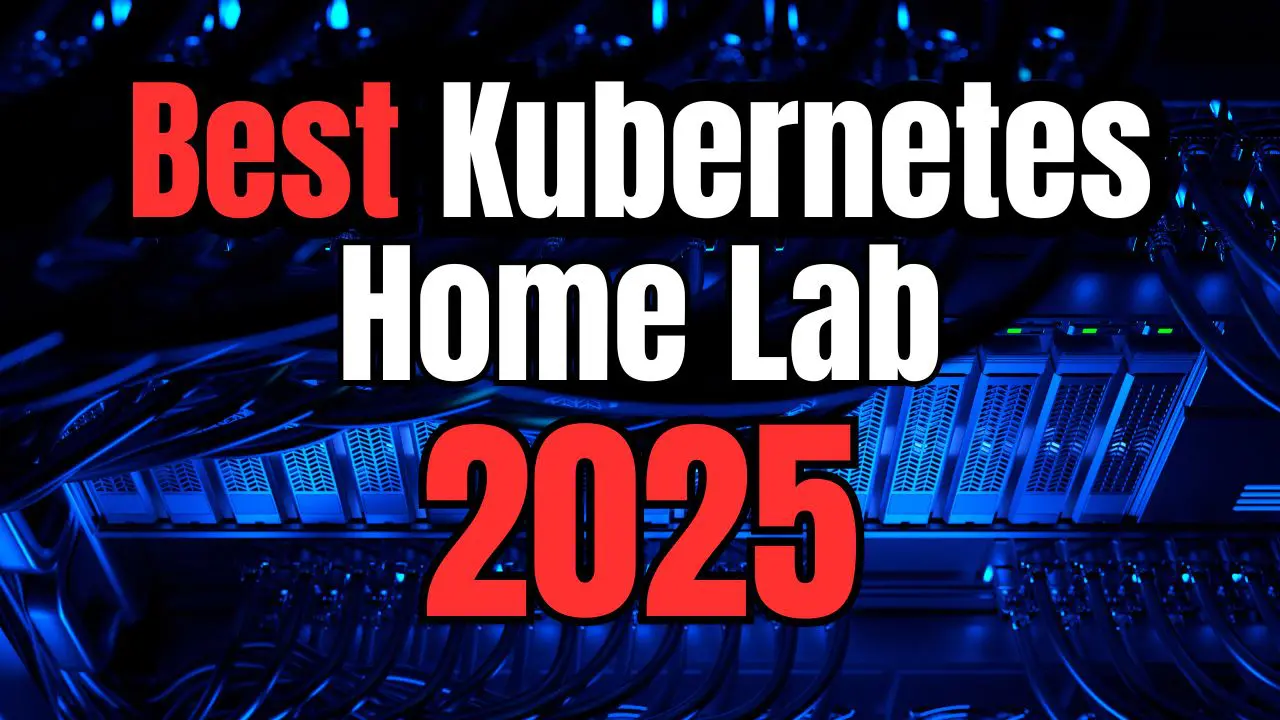
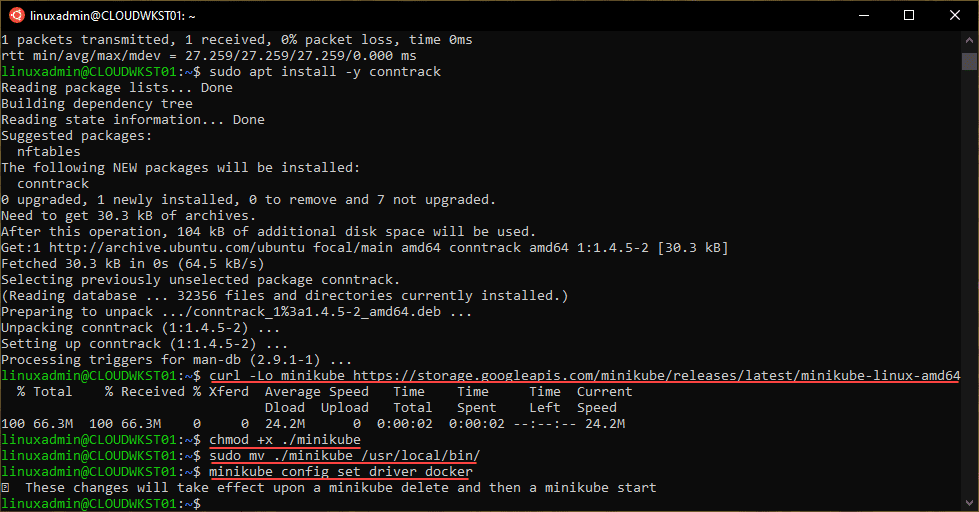
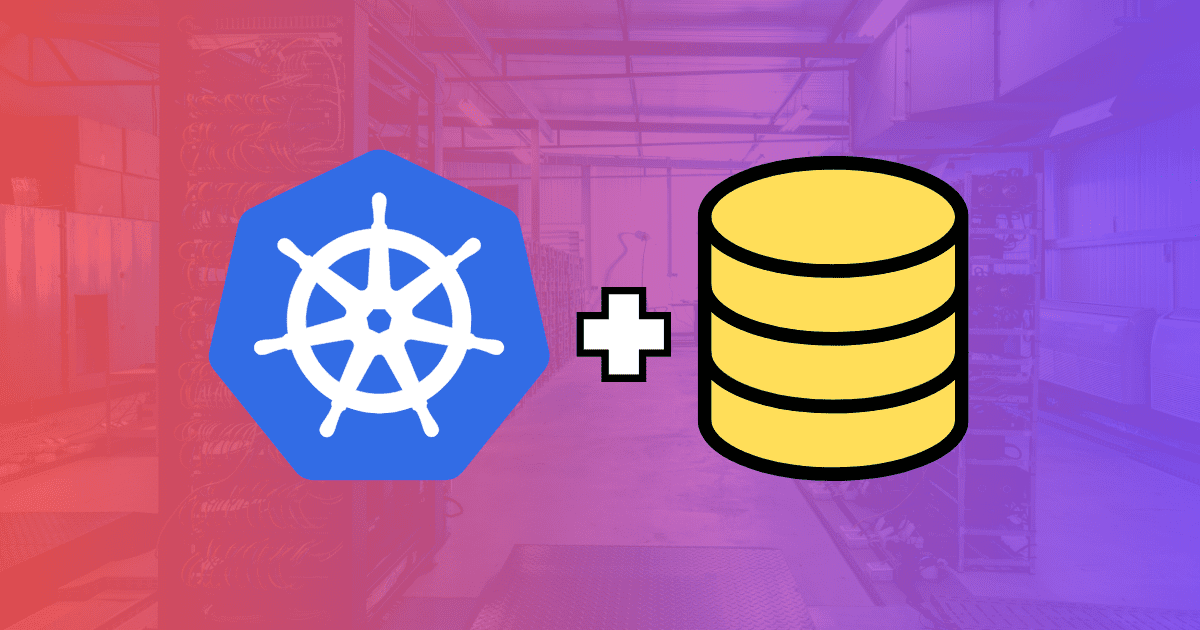
It’s ‘by and large.’